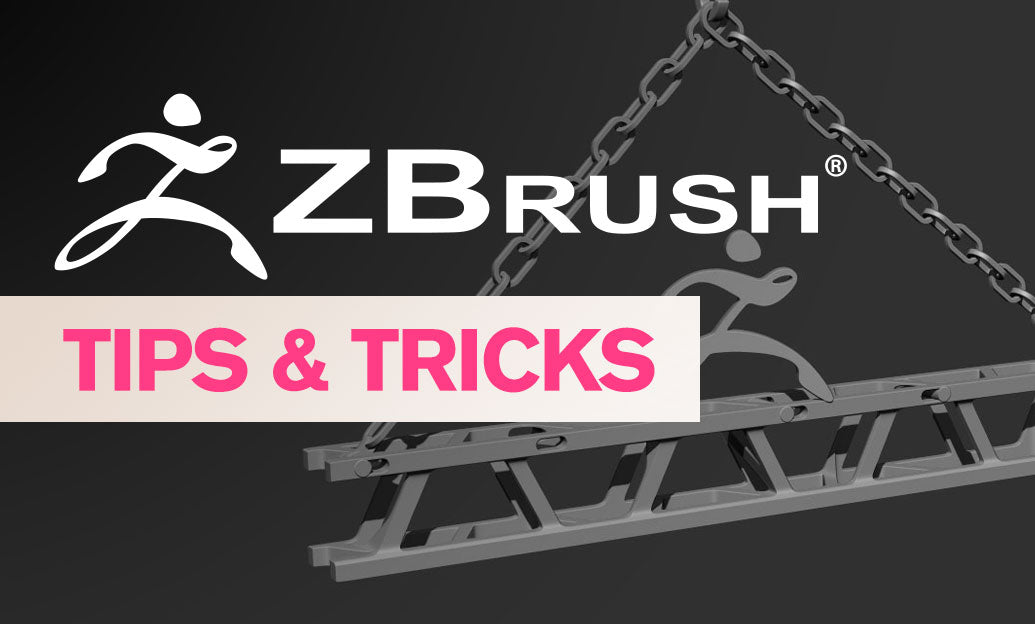Your Cart is Empty
Customer Testimonials
-
"Great customer service. The folks at Novedge were super helpful in navigating a somewhat complicated order including software upgrades and serial numbers in various stages of inactivity. They were friendly and helpful throughout the process.."
Ruben Ruckmark
"Quick & very helpful. We have been using Novedge for years and are very happy with their quick service when we need to make a purchase and excellent support resolving any issues."
Will Woodson
"Scott is the best. He reminds me about subscriptions dates, guides me in the correct direction for updates. He always responds promptly to me. He is literally the reason I continue to work with Novedge and will do so in the future."
Edward Mchugh
"Calvin Lok is “the man”. After my purchase of Sketchup 2021, he called me and provided step-by-step instructions to ease me through difficulties I was having with the setup of my new software."
Mike Borzage
AutoCAD Tip: Enhance Design Precision with AutoCAD Parametric Constraints
November 01, 2024 2 min read

In the world of CAD, precision and adaptability are paramount, and Parametric Constraints offer a powerful way to maintain these standards in your AutoCAD projects. This feature allows you to create relationships and rules that dynamically control design elements, ensuring that changes in one part of your drawing automatically update related components. Here’s how you can efficiently implement parametric constraints to enhance your design workflow:
- Get Started with Geometric Constraints: Define geometric relationships between objects. For instance, you can ensure that two lines remain perpendicular or parallel, or that circles maintain a concentric relationship. This eliminates the need for manual adjustments, saving time and reducing errors.
- Leverage Dimensional Constraints: Assign fixed distances, angles, or radii to your geometry. This ensures that specific measurements are maintained, even when other aspects of your design shift. Dimensional constraints can be linear, angular, or radial, providing flexibility to suit your project’s needs.
- Utilize the Parameters Manager: This tool allows you to view and manage the constraints applied to your drawing. You can easily adjust parameter values, rename them for clarity, and organize them into groups. The Parameters Manager serves as the control center for your parametric constraints, offering a clear overview of all active constraints.
- Combine Constraints for Complex Designs: By strategically combining geometric and dimensional constraints, you can create robust frameworks for intricate designs. This technique is particularly useful in mechanical design, where maintaining precise relationships between parts is crucial.
- Test and Refine: After applying constraints, test your design under various scenarios to ensure that it behaves as expected. This step helps identify any conflicts or unintended behaviors, allowing you to refine the constraints for optimal performance.
By adopting parametric constraints, you not only enhance the accuracy of your designs but also significantly streamline the revision process. Changes can be implemented effortlessly, reducing the likelihood of downstream errors and improving overall project efficiency. For more insights into optimizing your CAD workflow, consider connecting with industry experts like NOVEDGE.
Embrace the power of parametric constraints in your AutoCAD projects to experience a new level of precision and control. This strategic approach not only saves time but also elevates the quality and consistency of your designs, ensuring they meet the highest standards of excellence.
You can find all the AutoCAD products on the NOVEDGE web site at this page.
Also in Design News

Advancing Sustainable Design: The Role of Eco-Friendly Software in Architecture and Engineering
May 11, 2025 5 min read
Read More
ZBrush Tip: Mastering the Displace Noise Brush for Enhanced Detailing in ZBrush
May 11, 2025 2 min read
Read MoreSubscribe
Sign up to get the latest on sales, new releases and more …



